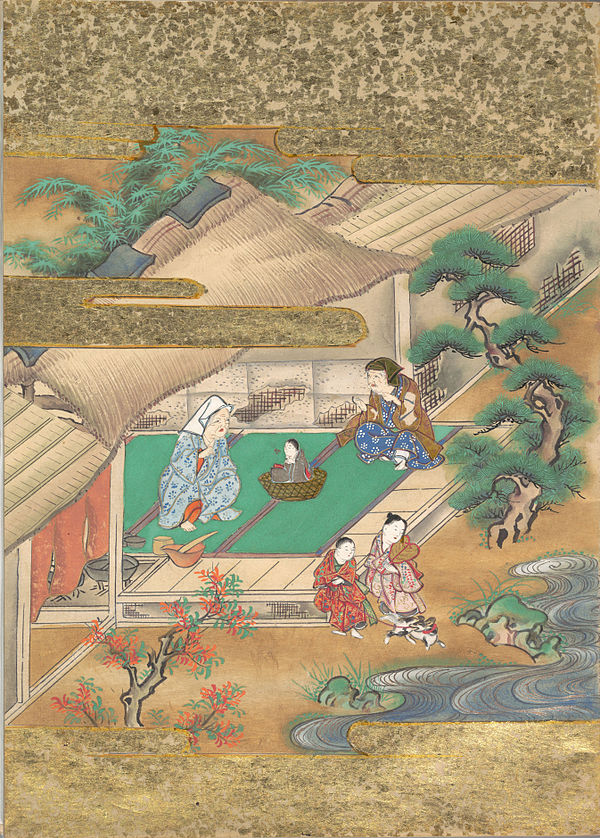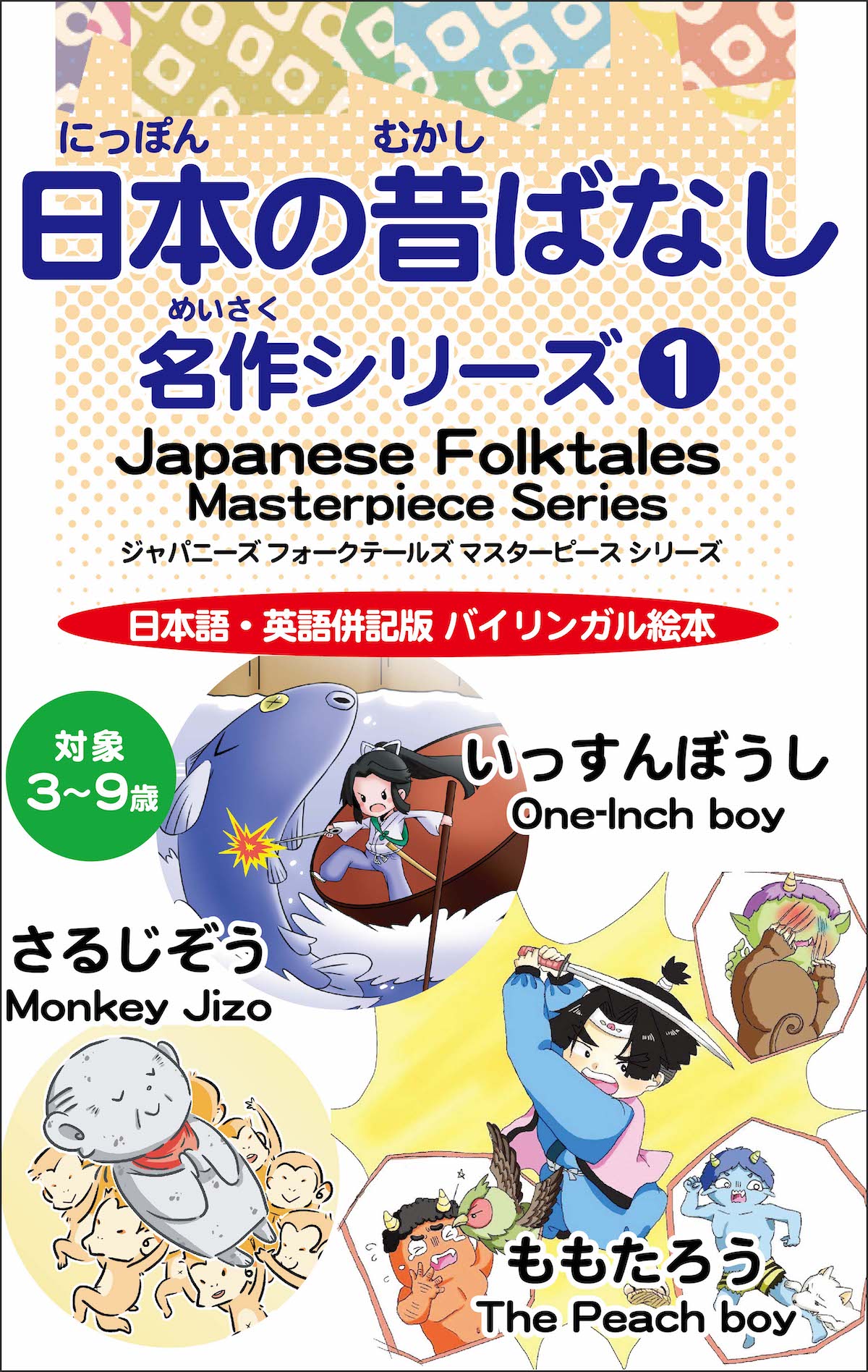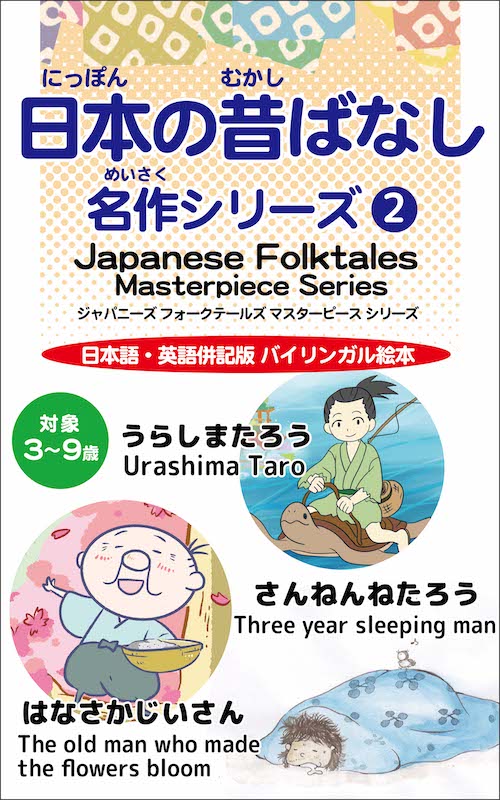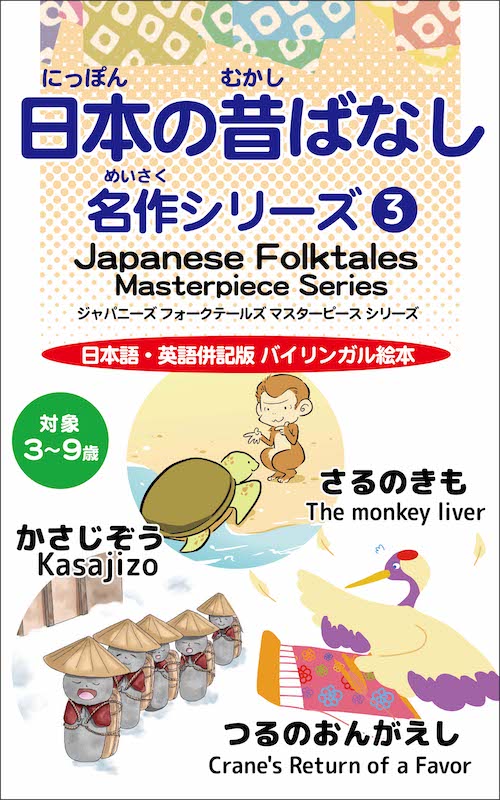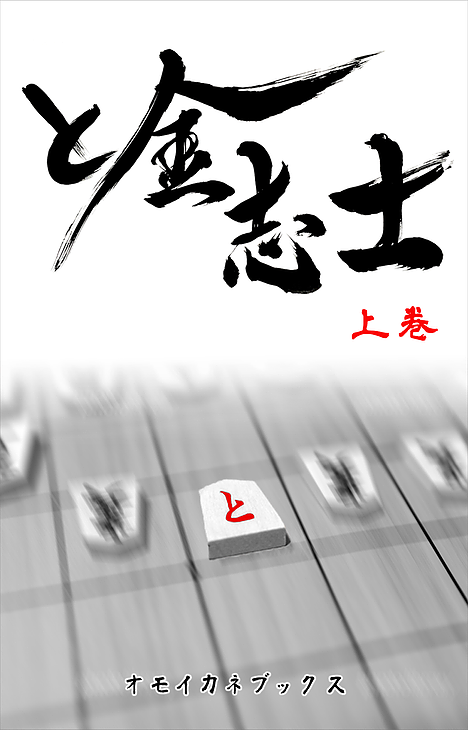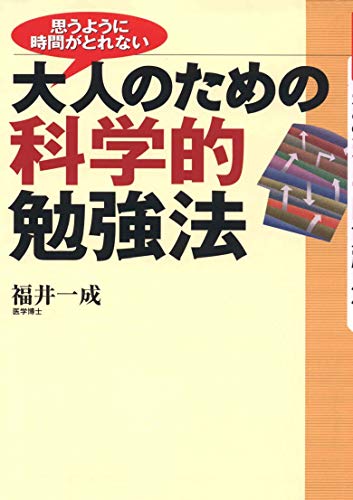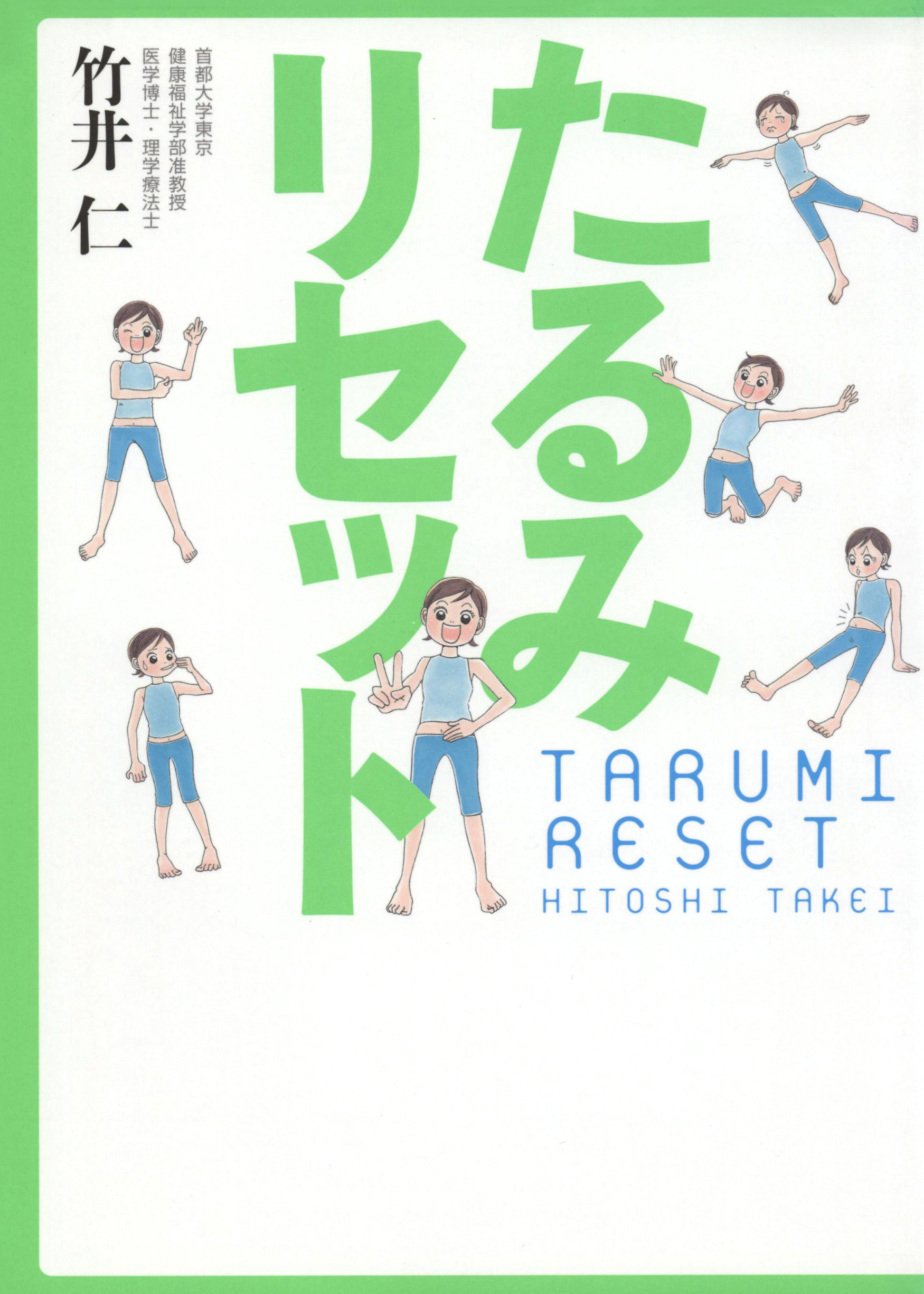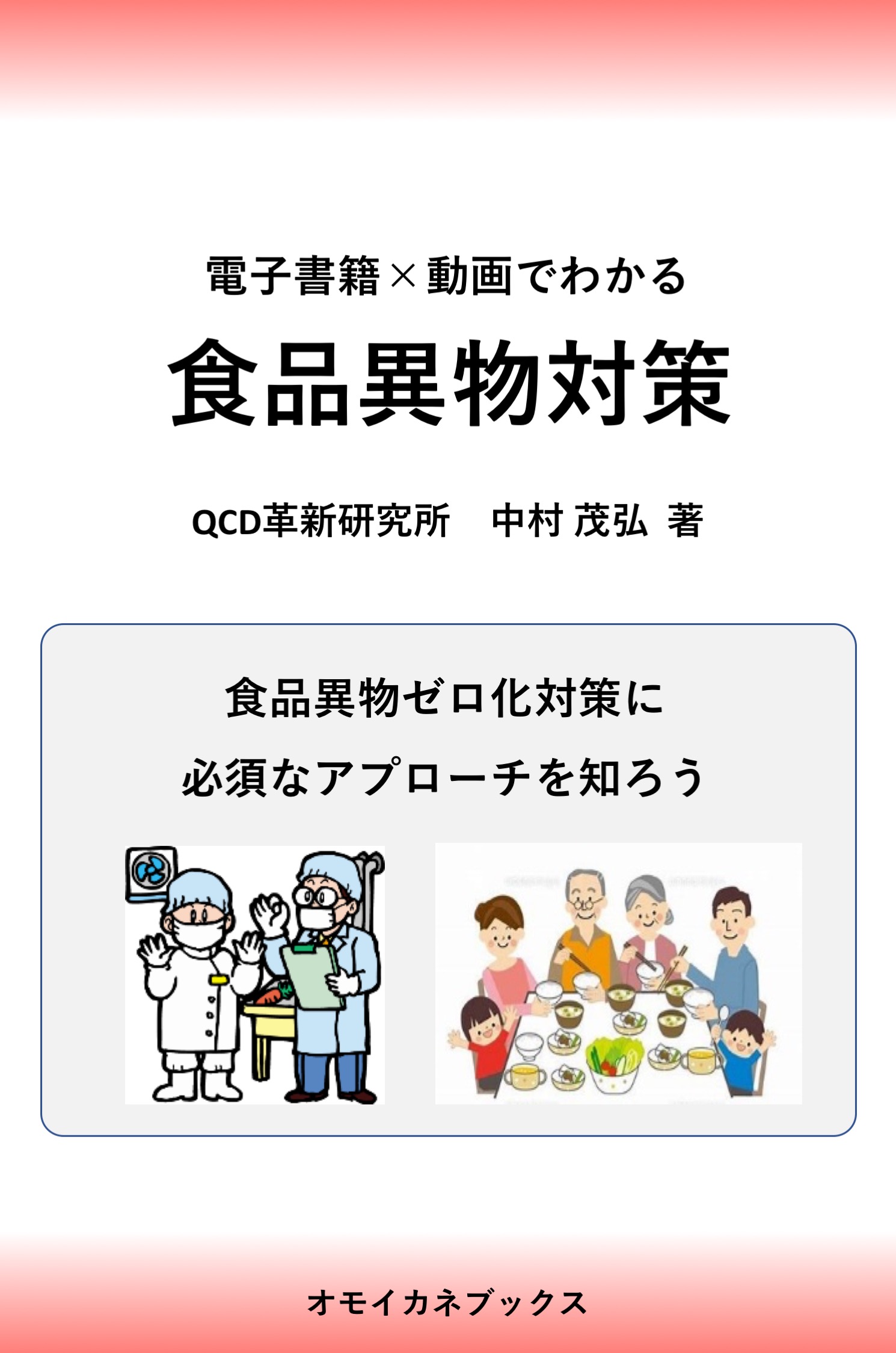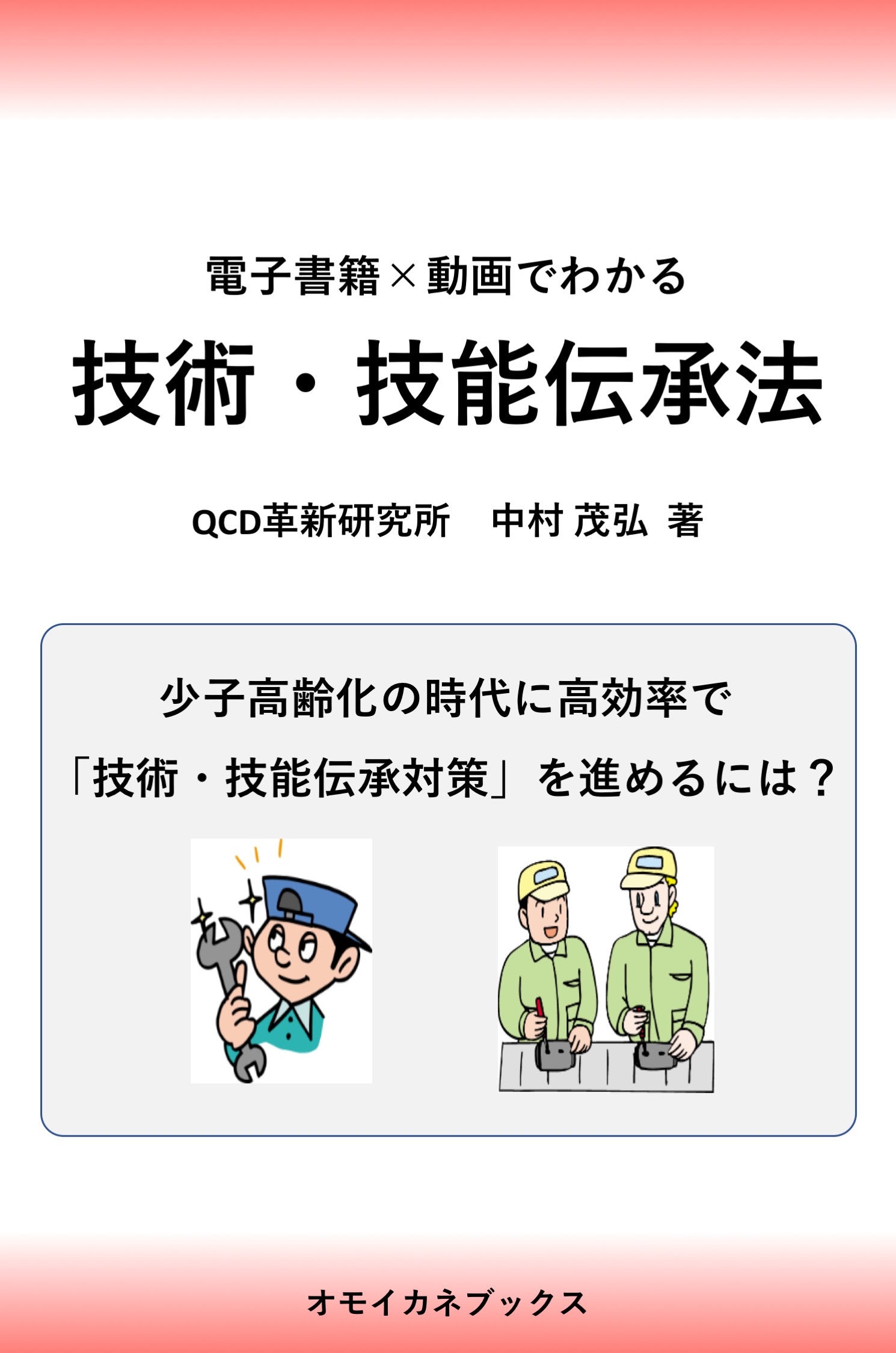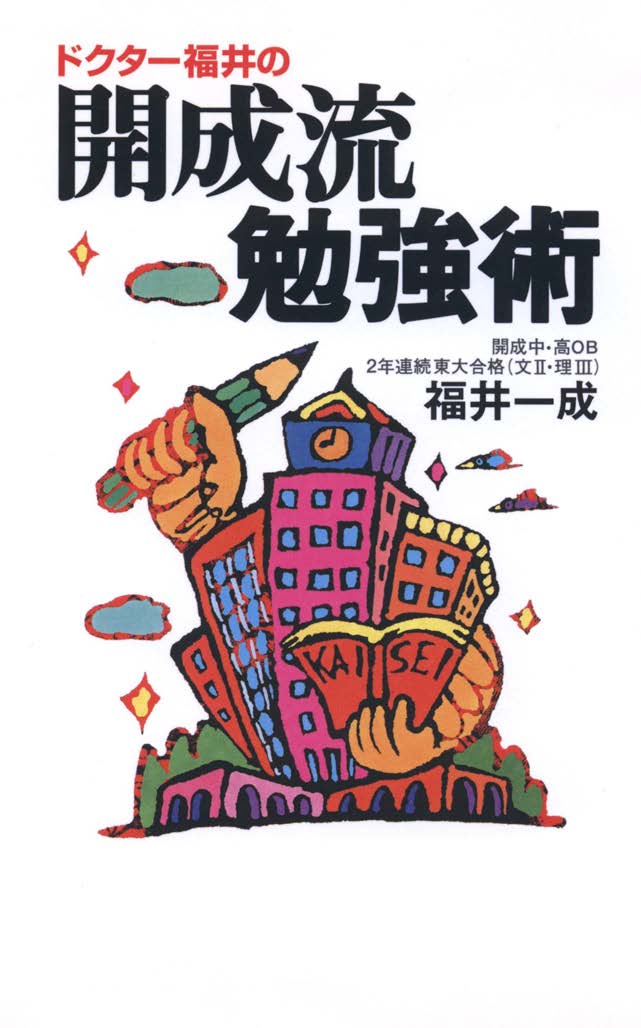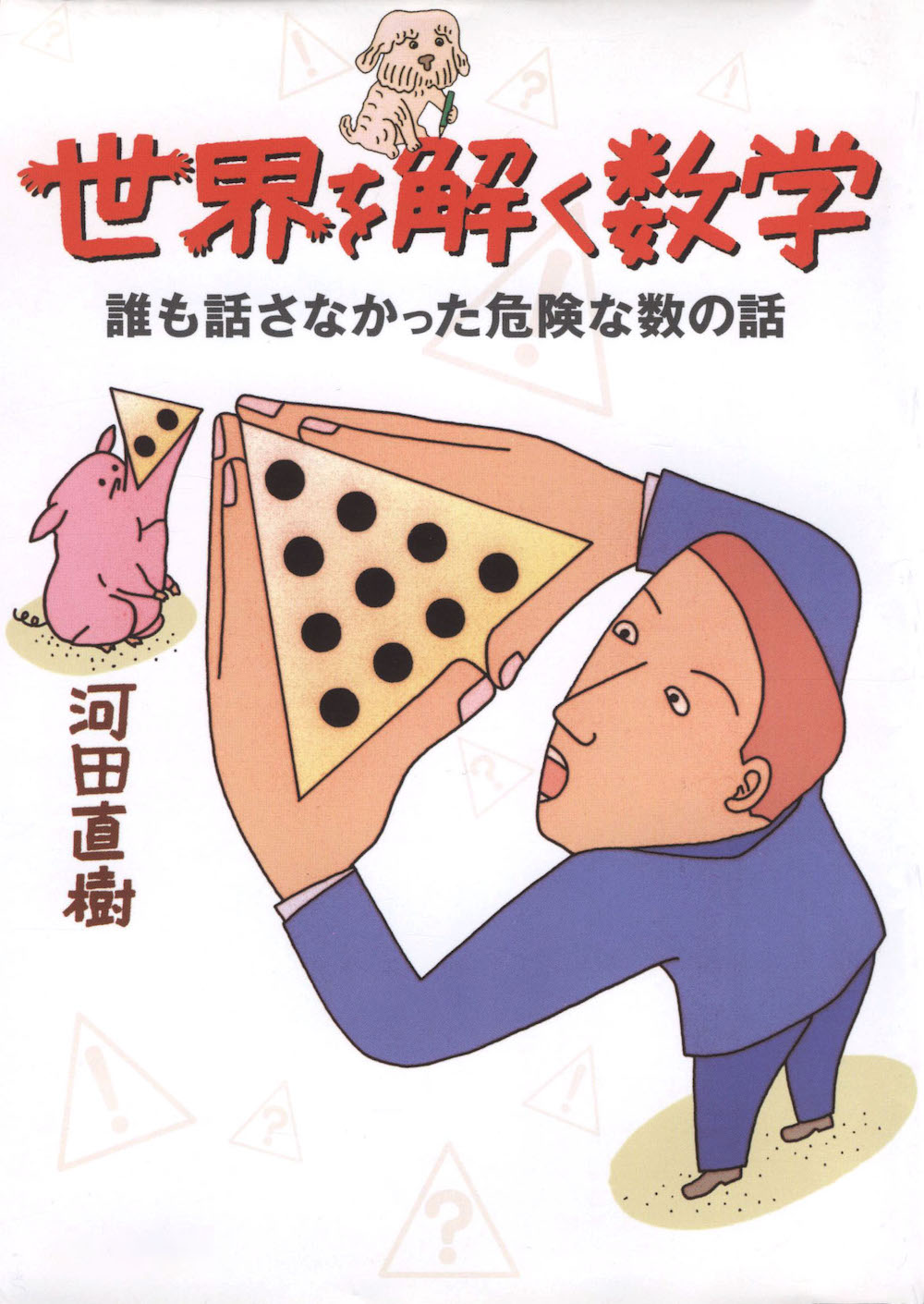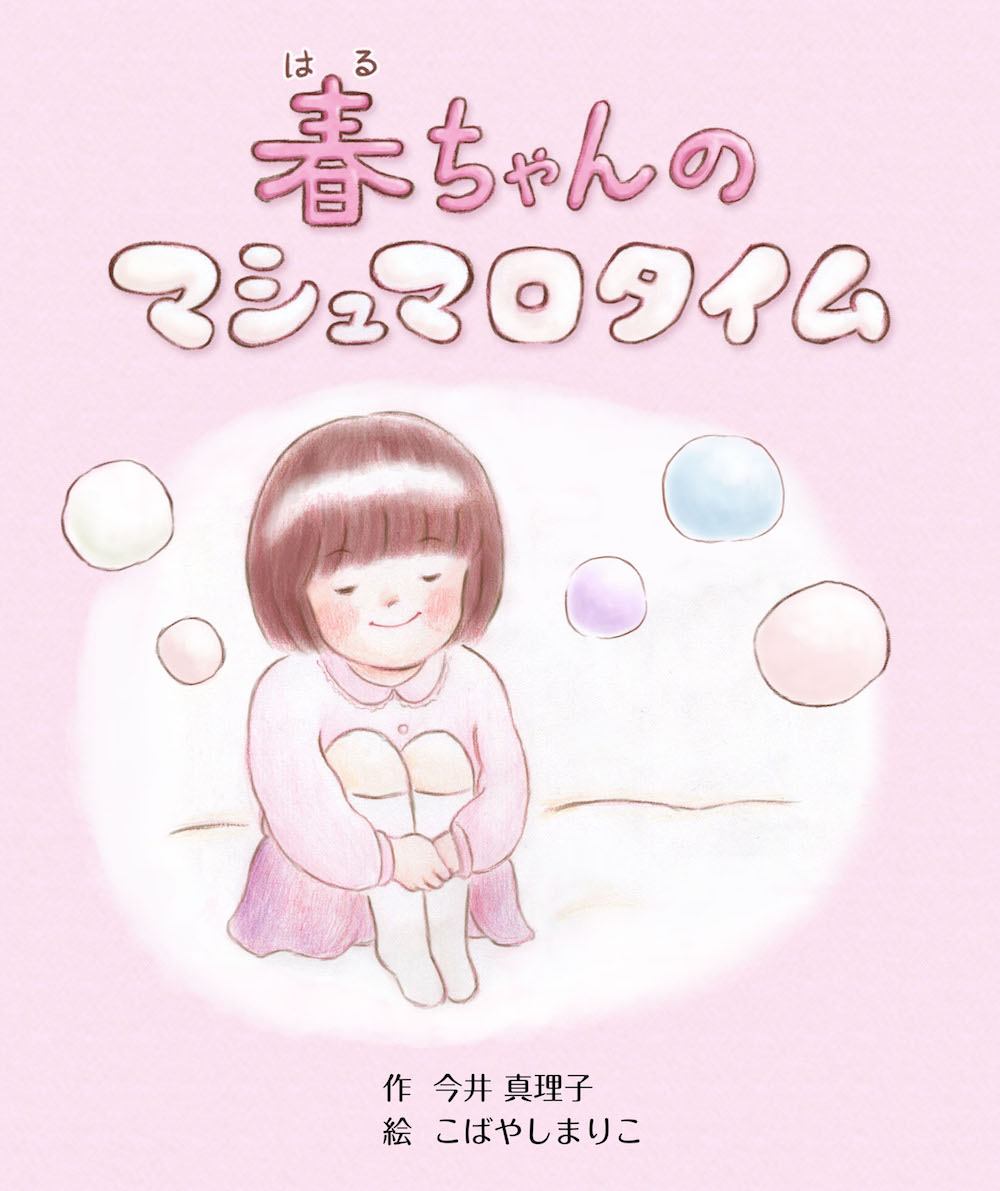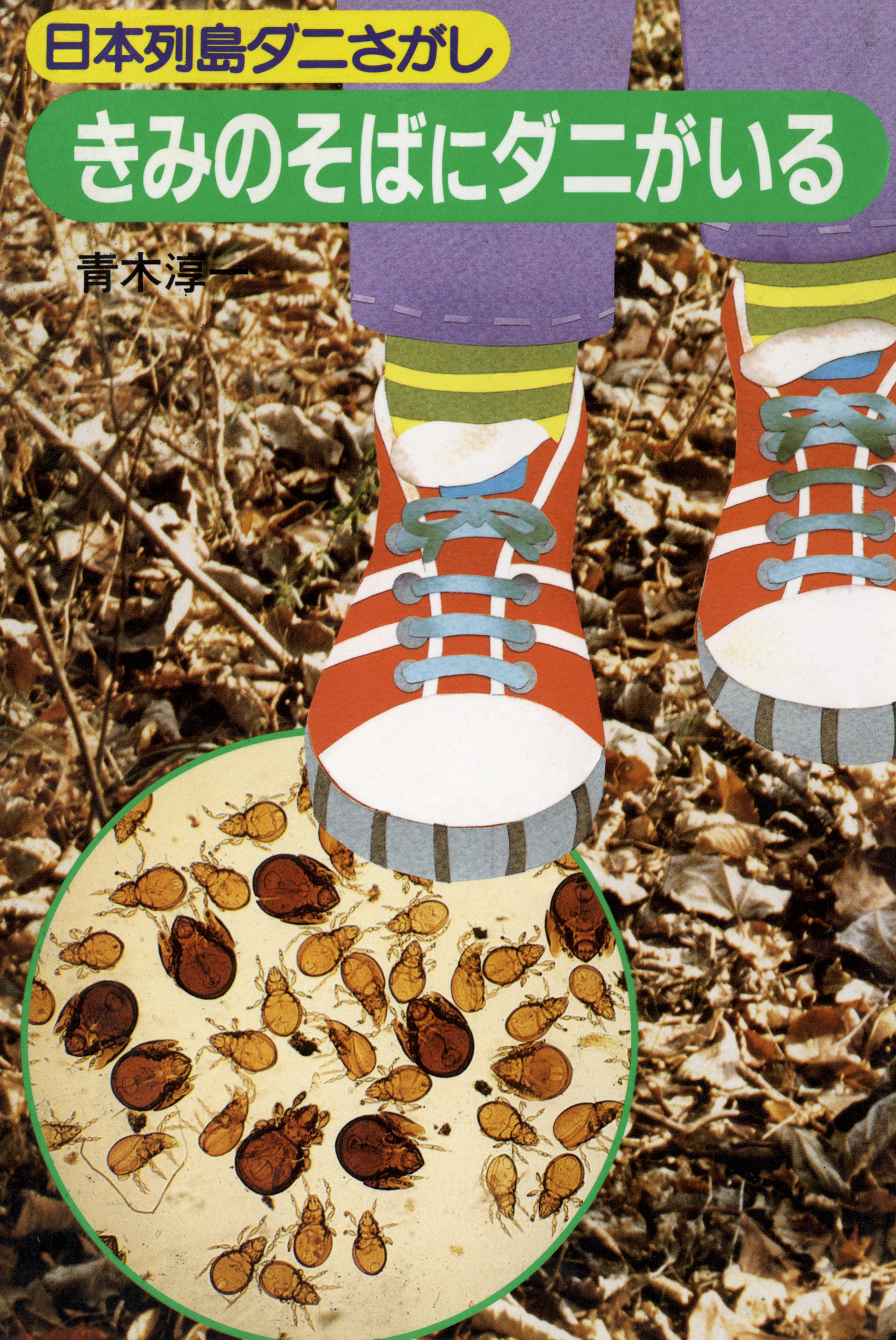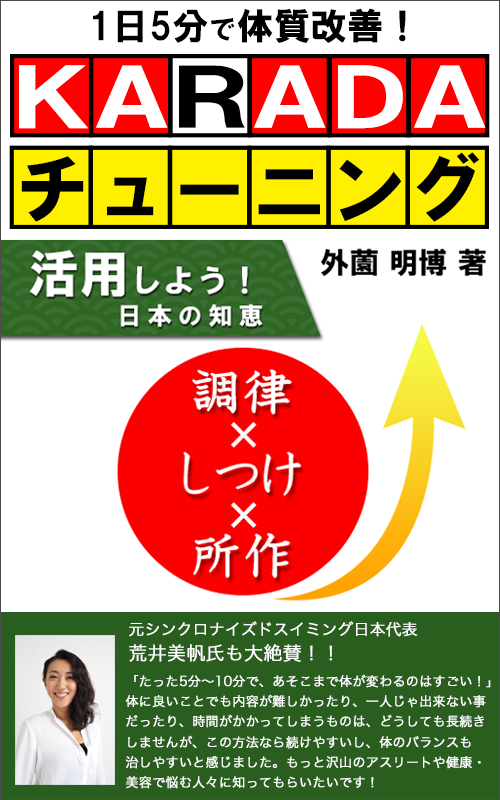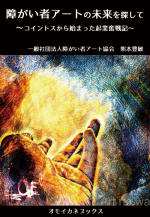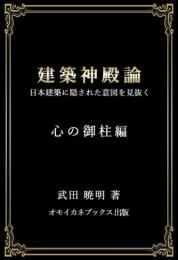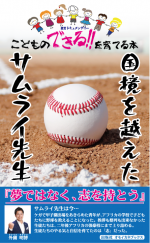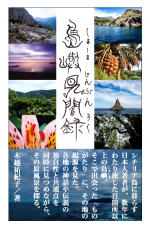かぐや姫は実在した?昔話の成り立ちを探る
公開日:
:
最終更新日:2021/06/04
昔話
【English after Japanese】
日本の昔話としてとても有名な『かぐや姫』。
光かがやく竹の中から生まれたかぐや姫が、竹取の翁(たけとりのおきな)夫婦のもとで育てられます。やがて美しく育ったかぐや姫は、5人の貴族から結婚を申し込まれるも誰とも結婚せず、最後は月に帰っていくというお話です。
皆さん一度は読んだことがあるかと思います。
かぐや姫の原作は?
現在広く知られている昔話『かぐや姫』は、『竹取物語』という古典が原本になっています。『今は昔、竹取の翁といふ者ありけり』という冒頭部分は学生時代古典で習ったという人も多いのではないでしょうか?
竹取物語はいつ頃誰によって書かれたかは不明ですが、おそらく平安時代の初め頃(1200年~1100年くらい前)ではないかといわれています。多くの歌人の歌を集めた「万葉集」や、紫式部の書いた物語文学「源氏物語」にも竹取物語が登場しています。
かぐや姫や桃太郎のように通常ではない生まれ方をする話を「異常出生譚(いじょうたんじょうたん)」といいます。異常な生まれれ方をした主人公は特異な能力を持ち、成長後の英雄譚がつきものです。かぐや姫については、「成長が早い」「尋常ではない美しさ」「月の姫君」といううとことが特異な点ですね。
なぜ竹だったのか?
竹は古来から日本各地に自生していて、遺跡から多くの竹細工の品が出土していることから、人々の暮らしの中に深く根付いていたことがわかります。現代でも七夕の竹やお正月の門松、地鎮祭など儀式的なところで利用されていますね。
竹は冬でも枯れず、成長が早く、繁殖力が高いことから繁栄の象徴とされています。「空洞には神様が宿る」という伝承もあり、竹は古くから神聖なものとして見られてきたのです。
かぐや姫の登場人物は実在した?
実はかぐや姫のモデルになったと思われる女性が、古事記に登場します。
第十二代 垂仁天皇(すいにんてんのう)に嫁いだ女性の中に「迦具夜比売命」という女性がいます。迦具夜比売命は「かぐやひめのみこと」と読みます。まさに「かぐやひめ」ですね。
また竹取物語の中でかぐや姫に求婚する5人の貴公子も、実在の人物をモデルにしたのではないかといわれています。672年、天智天皇の息子・大友皇子が皇位を継ぐのですが、弟の大海人皇子(後の天武天皇)がクーデターを起こして天皇の座を奪い取ってしまう「壬申の乱」に関わった貴族がモデルとされています。
モデルとなったのは、阿倍御主人(あべのみうし)、大伴御行(おおとものみゆき)、石上麻呂(そのかみのまろ)の3人は実名で登場します。また他の2人については、車持皇子(くらもちのみこ)のモデルが藤原不比等(ふじわらのふひと)、石作皇子(いしづくりのみこ)のモデルが多治比嶋(たじひのしま)であると、江戸時代の国学者・加納諸平が指摘しています。
物語の意味
5人の貴公子から熱烈な求婚を受けたかぐや姫ですが、誰を選ぶこともなく、5人の愛情の深さを計るためだと入手困難な宝を探してくるように言います。このように一筋縄でいかない無理難題を課す求婚話を「課題婚」といい、日本神話の中で採用されています。
阿倍御主人には「火鼠の裘」、大伴御行には「龍の首の珠」、石上麻呂には「燕の産んだ子安貝」、車持皇子には「蓬莱の玉の枝」、石作皇子は「仏の御石の鉢」。どれも聞いたことのないような伝説上のアイテムばかり。それを貴公子たちは必死で探したり、偽ったりするわけです。
竹取物語は、貧しい暮らしを強いられていた竹取りの翁のもとに生まれたかぐや姫が、その当時の富と権力を持った貴公子たちに無理難題を突きつけて懲らしめるという権力批判の物語であり、実在の人物を登場させたことで、リアリティーをもって訴えたのではないかという説があります。
昔話の裏側にある成り立ちや事情を知って読みかえしてみると、また違った視点で楽しめるかもしれませんね。
Kaguyahime” is a very famous Japanese folk tale.
Princess Kaguya is born in a shining bamboo and is raised by a couple called Taketori no Okina. Kaguyahime grows up to be beautiful and is asked to marry by five noblemen, but she does not marry any of them and finally returns to the moon.
I’m sure you’ve all read it at least once.
What is the original story of Kaguyahime?
Kaguyahime” is based on the classic tale “Taketori Monogatari”. The first part of the story, “Once upon a time, there was a man named Taketori no Ou,” may have been learned in the classics when you were in school.
It is unclear when and by whom Taketori Monogatari was written, but it is said to have been written around the beginning of the Heian period (1200-1100 years ago). The Tale of Taketori appears in the Manyoshu, a collection of poems by many poets, and in the Tale of Genji, a narrative literature written by Murasaki Shikibu.
Stories about unusual births, such as those of Princess Kaguya and Momotaro, are called “Ijotanjo-tan” (abnormal birth tales). The heroes who are born in an unusual way have unique abilities and are often followed by heroic stories after they grow up. In the case of Princess Kaguya, she is unique in that she grows quickly, has unusual beauty, and is a princess of the moon.
Why was it bamboo?
Bamboo has been growing wild all over Japan since ancient times, and the fact that many bamboo artifacts have been unearthed from archaeological sites shows that bamboo has been deeply rooted in people’s lives. Even today, bamboo is used for ceremonial purposes such as Tanabata (Star Festival), Kadomatsu (New Year), and Jichinsai (ground-breaking ceremony).
Bamboo is a symbol of prosperity because it does not wither in winter, grows quickly, and has high fertility. There is also a tradition that the gods dwell in the hollow, and bamboo has been seen as a sacred object since ancient times.
Did the characters in Kaguyahime actually exist?
In fact, a woman who may have been the model for Kaguyahime appears in the Kojiki.
One of the women who married the twelfth Emperor Suinin was named Kaguyahime. Kaguyahime-no-mikoto is read as “Kaguyahime no Mikoto”. Kaguyahime-no-mikoto” means “Kaguyahime.
In 672, Emperor Tenchi’s son, Prince Otomo, succeeded to the throne, but his younger brother, Prince Okaito (later Emperor Temmu), staged a coup d’etat and took over the throne. The model is said to be a nobleman who was involved in the Jinshin War, in which his younger brother Prince Oumihito (later Emperor Temmu) took over the position of Emperor.
Three of the models, Abeno-miushi, Otomo-no-miyuki, and Sono-kami-no-maro, appear under their own names. The other two, Prince Kuramochi and Prince Ishizukuri, were modeled after Fujiwara no Fuhito and Taujihishima, respectively, according to Kano Shuhei, an Edo period scholar of Japanese literature.
Meaning of the story
Kaguyahime receives fervent proposals of marriage from five noblemen, but she does not choose any of them, but tells them to find a treasure that is difficult to obtain, saying that it is to measure the depth of their love. The story of a courtship that imposes such a difficult and unreasonable challenge is called a “challenge marriage” and is used in Japanese mythology.
The “fur coat of a fire mouse” for Abe-goshu, the “dragon’s head bead” for Otomo-gyo, the “conch shell born by a swallow” for Ishigami-maro, the “jade branch of Horai” for Prince Kuramochi, and the “bowl of Buddha’s stone” for Prince Ishisaku. They were all legendary items that I had never heard of. All of them are legendary items that we have never heard of, and the nobles are desperately searching for them or faking them.
There is a theory that the Taketori Monogatari is a story of criticism of power, in which Kaguya-hime, born to a poor man who was forced to live as a bamboo cutter, punishes the wealthy and powerful nobles of the time by forcing them to do unreasonable things. There is also a theory that the use of real people in the tales was a way to appeal to the audience with a sense of reality.
If you learn about the origins and circumstances behind folk tales and read them again, you may enjoy them from a different perspective.
関連記事
-
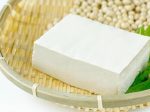
-
謙虚さと利他の気持ちを忘れない
2023/06/16 |
ちょっと体を壊してから減量を考えるようになり、最近豆腐をよく食べています。 夏は冷奴が美味しいです...
-

-
『猫の恩返し』から学ぶ、恩返しの大切さ
2023/04/14 |
日本には恩返しの昔話がたくさんありますね。最も有名なのは鶴の恩返しでしょうか。 子どもたちは恩返し...
-
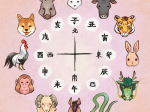
-
今年の干支ってわかりますか?
2024/01/01 |
皆さん、明けましておめでとうございます。 今年の干支、つなわち十干十二支(じっかんじゅうにし)...
-

-
あのユニークな顔をした男は神の使いだった「火男」
2022/07/21 |
毎日暑い日が続きますね。 そろそろ学校は夏休みに入りましたでしょうか? 以前コロナ禍は続いて...
- PREV
- 現代文化のルーツを探る㉛ 菖蒲湯
- NEXT
- 現代文化のルーツを探る㉜ 相撲
